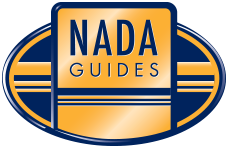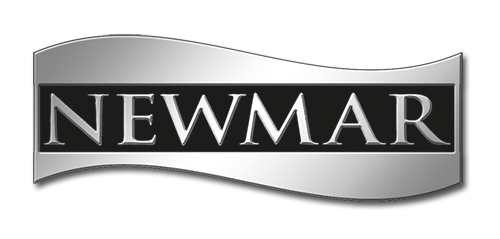
Venturing into boat ownership can be an exhilarating experience, but the financing aspect can often feel overwhelming, especially for first-time borrowers. Understanding the nuances of boat loans is crucial to making informed decisions. Here, we provide essential tips to help navigate the waters of boat financing effectively.
Understanding the Landscape of Boat Financing
The current market for boat loans presents numerous options, reflecting the growing popularity of boating. With several lenders competing for attention, it’s important to compare interest rates and terms to find the best fit for individual financial situations. Organizations like the National Marine Bankers Association (NMBA) serve to educate both borrowers and lenders, fostering a more transparent financing environment.
Types of Lenders to Consider
-
Local Banks and Credit Unions: Begin by exploring options at your own bank or credit union. Many of these institutions are NMBA members and offer dedicated boat financing services. It’s advisable to inquire about their rates and available loan terms.
-
Specialized Financial Services: Some financial service companies have extensive networks with various lenders and specialize in marine lending. They can provide tailored advice and financing options suited to your needs.
-
Boat Dealers and Brokers: If purchasing from a dealer, it’s common to find an in-house finance manager who can assist with loan applications and other paperwork. Additionally, these dealers often have relationships with lenders that can yield favorable financing arrangements.
Different Types of Loans
Understanding the various types of boat loans available is essential:
-
Simple Interest Loans: These are the most common type of boat loan, featuring fixed rates and terms. Monthly payments remain consistent, providing predictability throughout the loan's duration.
-
Variable Rate Loans: These loans start with a lower introductory rate that fluctuates based on market indices like the prime rate. While they may appear appealing at first, it’s crucial to understand the potential for rising payments over time.
-
Balloon Payment Loans: Borrowers opting for this type of loan agree to pay off the remaining balance at the end of a set term. This option may work for those anticipating selling or refinancing before the balloon payment is due.
The Application Process: What to Expect
When applying for a boat loan, preparedness is key. The information required typically falls into two categories: personal details and specifics about the boat.
Personal Details: Applicants should be ready to provide personal information, including employment history, income verification, and existing financial obligations, to gauge creditworthiness.
Boat Information: Potential borrowers should also gather detailed information about the boat, such as its make, model, purchase price, and any additional equipment costs. Having a clear understanding of all associated expenses—like taxes and registration fees—is essential for the application.
Evaluating Financing Options
Down Payments and Terms
Most marine lenders typically require down payments ranging from 10% to 20% of the purchase price, influenced by the borrower’s credit profile, the boat’s age, and type. Promotions from manufacturers or dealers may allow for reduced down payments, especially for new boats.
Loan Duration
Marine lenders often provide longer loan terms compared to traditional auto loans. This flexibility can significantly lower monthly payments, making boat ownership more financially feasible.
Financing Extras
When securing a boat loan, consider financing optional equipment and accessories, including electronics and service plans. Such inclusions can enhance the boating experience and provide peace of mind.
Additional Considerations
-
Sales and Property Taxes: Buyers should be aware that most states impose sales or property taxes on both new and used boats, which can affect overall financing costs.
-
Market Value Assessment: Lenders typically conduct market value assessments of boats to ensure that the financing aligns with the asset’s worth. This step helps maintain the lender’s security while facilitating a fair borrowing experience.
-
Managing Monthly Payments: In addition to the boat loan payment, potential borrowers should consider the operating and maintenance costs associated with boat ownership. These expenses can impact monthly budgets and overall affordability.
Conclusion
Navigating the waters of boat financing involves thorough research and careful consideration of available options. By understanding the types of loans, preparing necessary information, and evaluating lenders, first-time borrowers can make informed choices that enhance their boating experience. With the right financial plan in place, the dream of boat ownership can smoothly transition from aspiration to reality. Paddling through this process will not only enhance the boating journey but also lead to a more fulfilling investment in recreational experiences.





